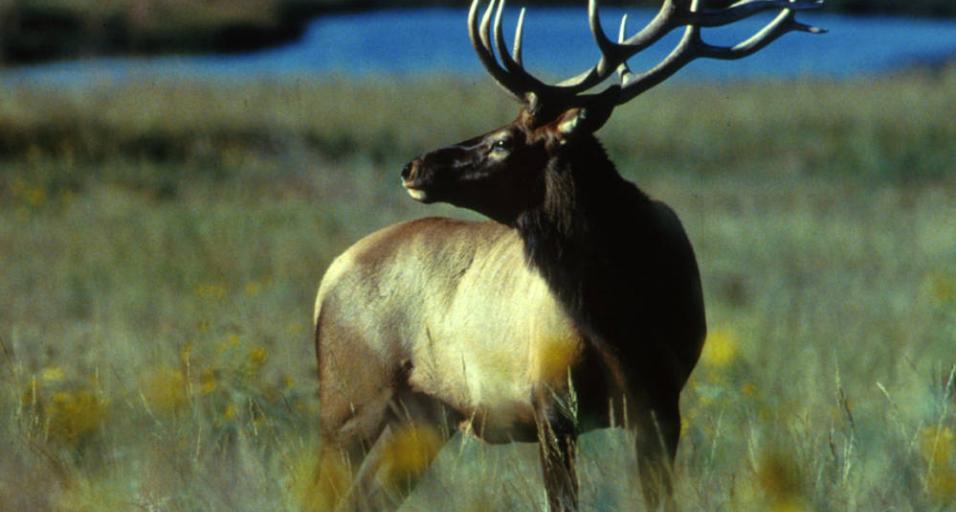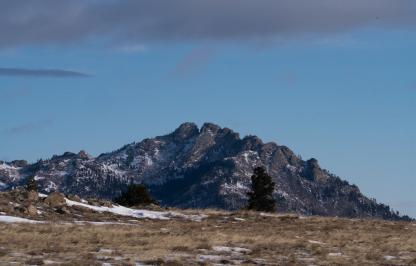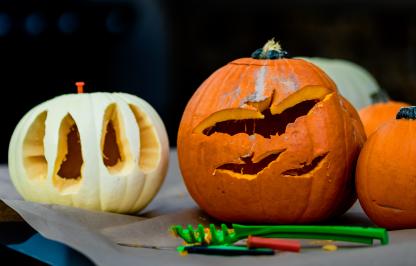Hunters seeking a western adventure continue to choose Wyoming to pursue elk. The Wyoming Game and Fish Department saw an increase in non-resident elk applications for the 2019 season. Nonresidents submitted 23,750 applications, a 2.9 percent increase from 2018.
“Anyone who hunts in Wyoming knows the experience is unlike anywhere else in the country because of the quality of wildlife, our hunting access programs, large tracts of public land and the spectacular views,” said Brian Nesvik, director of Game and Fish. “We thank nonresidents for their support to conserve the state’s wildlife, and look forward to hosting you this fall.”
Currently, Wyoming opens a month-long application period for nonresidents. Nonresident hunters take a chance at 7,250 licenses in the draw. This number is based on regulations set by the Wyoming Game and Fish Commission, but the allocation of general licenses within that varies annually.
The number of general licenses available for nonresidents in the draw is the difference between 7,250 and the 16 percent of the total limited quota licenses for the year, the percentage reserved by state statute for nonresidents. Annually, wildlife managers provide a preliminary quota of elk licenses for the state. This year, 4,372 general licenses were available, which remains close to the average.
Drawing a general license still requires preference points for nonresident hunters.
“For 2019, it took at least one point in the special preference point draw and at least two points in the regular preference point draw,” said Jennifer Doering, Game and Fish license section manager.
Interest in reduced-price cow/calf licenses also grew with 4,757 non-resident applicants, amounting to a 6.04 percent increase since 2018. Cow/calf licenses do not require preference points and are allocated through a random draw.
This was the first time Game and Fish charged a 2.5 percent processing fee on credit cards. This fee offsets credit card processing costs and applies to applications, licenses, stamps and purchases. In the past, fees related to credit card processing for hunting applications, license sales and refunds cost Game and Fish $1.8 million a year from its operating fund.
“The credit card processing fee didn’t seem to deter hunters from applying for a Wyoming elk license, and applicants helped wildlife by maximizing the resources toward management,” said Greg Phipps, Game and Fish chief of the fiscal division.
There is one last chance for nonresident elk hunters to pick up a license. After the resident draw is complete, the remaining licenses will be offered through a random leftover draw both residents and non-residents can enter. No preference points can be used and general licenses are not available. In the leftover draw, residents and non-residents have the same odds for drawing a license; in 2018, 1,225 full-price elk licenses were issued as leftovers —70 percent to residents, 30 percent to non-residents. The leftover draw application period is June 24-28. Most of the licenses available in the leftover draw are from parts of the state where there is more private land and public access is more limited.
More hunters choose Wyoming for elk hunting
Sara DiRienzo (307-777-4540)



